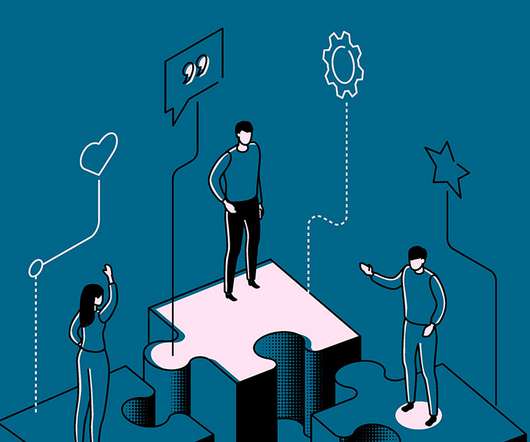Designing for Harmony
Boxes and Arrows
DECEMBER 23, 2014
By using these nascent user-centered design methods, they were able to meet the expanding needs of their user base and claim over 90% of the small business accounting software market. A noticeable lack of focus prevented them from innovating as a company; their user-centered design DNA was disappearing.


























Let's personalize your content